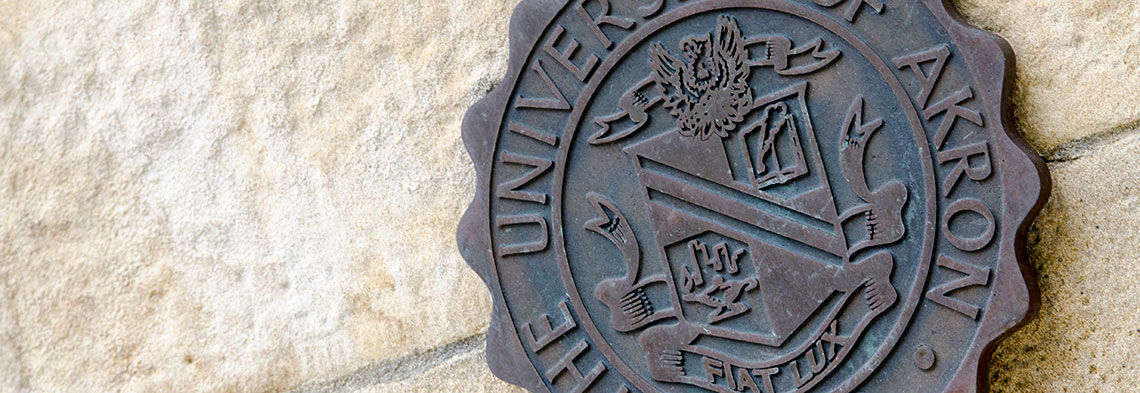Document Type
Article
Publication Date
January 2002
Abstract
Legal education in the early twentieth century was divided into three concurrent paths-study at one of the "elite" law schools, consisting of mostly full-time students already possessing a college degree; study at one of the other mostly part-time practice based schools; and a course of study with a practitioner/mentor outside of formal educational institutions. ... Graduation was a serious event, as students were already thinking about passing the bar exam. ... Some of the reasons that law schools can deliver legal education to elementary and secondary students, obviously apply to junior college, college, and non-law school graduate and professional education as well. ... A law-school based Legal Education Center could become responsible for teaching all such law-related courses. ... It would seem not a big jump to ask the law school to be the responsible entity to coordinate legal education in an entire University or provide legal education to those colleges and Universities without a law school. ... The academic leadership role of a dean can be used to assess the skills of individual faculty and staff to see which individuals would be best for working with new technology, with non-lawyer, with non-law students, and with other outside entities.
Publication Title
University of Toledo Law Review
First Page
1
Recommended Citation
Martin H. Belsky, Law Schools as Legal Education Centers, 34 University of Toledo Law Review 1 (2002).


